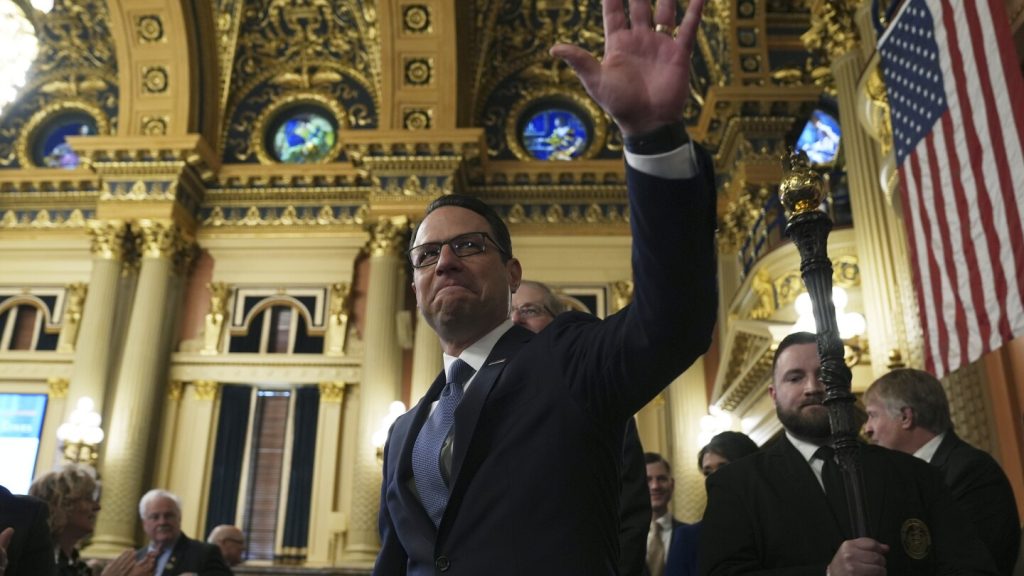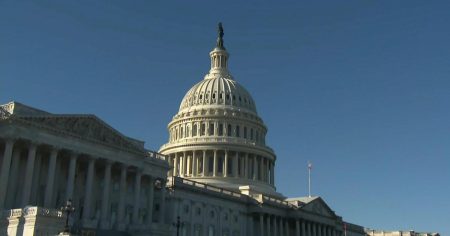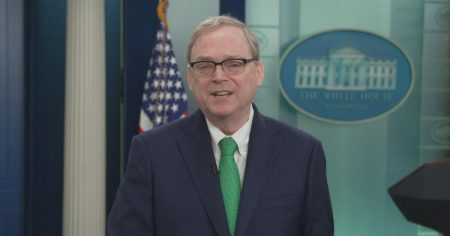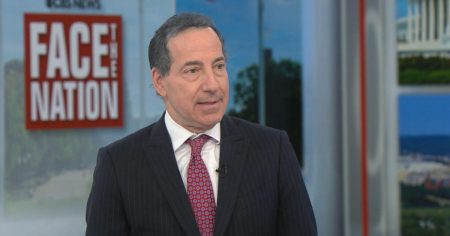Rising Medicaid Costs Challenge States as Pandemic-Era Health Care Issues Persist
The COVID-19 pandemic has left a lasting impact on the U.S. health care system, particularly for low-income individuals enrolled in Medicaid. As states begin to reassess Medicaid eligibility and implement post-pandemic adjustments, they are facing an unexpected challenge: the remaining Medicaid enrollees are sicker and more expensive to care for than anticipated. This trend is forcing state governments to absorb significant increases in health care costs, straining already tight budgets and raising concerns about the sustainability of the program.
In Pennsylvania, the scale of this challenge is starkly evident. Democratic Governor Josh Shapiro has proposed a $2.5 billion increase in Medicaid spending for the next fiscal year, marking a roughly 5% increase in overall state spending. This surge in costs is largely driven by the higher-than-expected expense of caring for Medicaid enrollees whose health conditions worsened during the pandemic. Shapiro’s administration attributes this to widespread delays in medical treatment, which led to avoidable hospital stays, untreated comorbidities, and a lack of preventive care. These delays have created aPerfect storm of costly and complex medical needs for Medicaid recipients.
Advocacy for Higher Reimbursement Rates Gains Momentum
As Medicaid costs rise, health care providers and insurers are sounding the alarm about inadequate reimbursement rates. The Alliance of Community Health Plans (ACHP), a coalition of nonprofit insurers and hospital systems, has called on the federal government to reassess Medicaid reimbursement rates in several states, including Pennsylvania. ACHP argues that current rates are based on outdated claims data, which underestimated the health needs of Medicaid enrollees. These low rates are unsustainable for providers, with ACHP Senior Vice President Dan Jones warning that members in some states face an existential financial threat.
The push for higher reimbursement rates reflects a broader issue: Medicaid enrollees are not just more numerous but also more medically complex than previously assumed. Pandemic-era protections, which prevented states from disenrolling people from Medicaid, helped mask the severity of their health challenges. However, the expiration of federal pandemic aid coincided with rising per-recipient costs, leaving states scrambling to cover the gap.
Pandemic-Era Protections HideGrowing Health Costs
Analysts point to the pandemic as a key factor in the growing Medicaid costs. Federal protections that prevented states from disenrolling Medicaid recipients during the pandemic kept enrollment levels artificially high. While these protections were critical for maintaining health care access during a public health crisis, they also obscured the underlying reality: many enrollees were sicker and required more intensive care.
Now, as states begin to reevaluate eligibility and manage their Medicaid programs post-pandemic, the full extent of this challenge is coming into focus. According to Edwin Park, a research professor at Georgetown University’s McCourt School of Public Policy, all states are experiencing higher-than-expected costs per Medicaid beneficiary. Surveys by KFF (Kaiser Family Foundation) last fall revealed that most states anticipate Medicaid budget shortfalls, with many seeking federal approval to increase reimbursement rates to address the growing needs of their enrollees.
States Grapple with Medicaid Budget Shortfalls
The financial strain on state Medicaid programs is evident in places like Indiana and Pennsylvania. In Indiana, lawmakers were forced to implement cutbacks after discovering that the state had underestimated its Medicaid costs by nearly $1 billion. Meanwhile, in Pennsylvania, the proposed $2.5 billion increase in Medicaid spending presents a significant challenge for a state with a slow-growing economy and shrinking workforce. Tax collections in Pennsylvania are projected to rise by less than $800 million in the 2025-26 fiscal year, leaving Republican lawmakers wary of spending down the state’s $10.5 billion surplus.
The situation highlights the difficult trade-offs states face in funding Medicaid. While the program is essential for providing health care to vulnerable populations, its rising costs compete with other priorities, such as education, infrastructure, and public safety. Pennsylvania’s Senate Appropriations Committee Chairman Scott Martin has called attention to the broader implications: “These are big chunks of the budget that have impacts on your ability to do everything else.”
The Future of Medicaid:Efficiency and Cost-Saving Measures
As states navigate this complex landscape, there is growing interest in finding ways to improve the efficiency of Medicaid while controlling costs. Republican lawmakers in Pennsylvania, for instance, are exploring whether the new Trump administration will grant states more flexibility to implement cost-saving measures, such as work requirements for recipients. These efforts are part of a broader debate over how to balance the program’s affordability with its critical role in ensuring access to care for millions of Americans.
The legacy of the pandemic has made one thing clear: the Medicaid program is more vital than ever, but it must also evolve to address the changing health needs of its enrollees. For states, the path forward will require careful financial planning, policy innovation, and a commitment to ensuring that Medicaid remains a lifeline for those who need it most.












